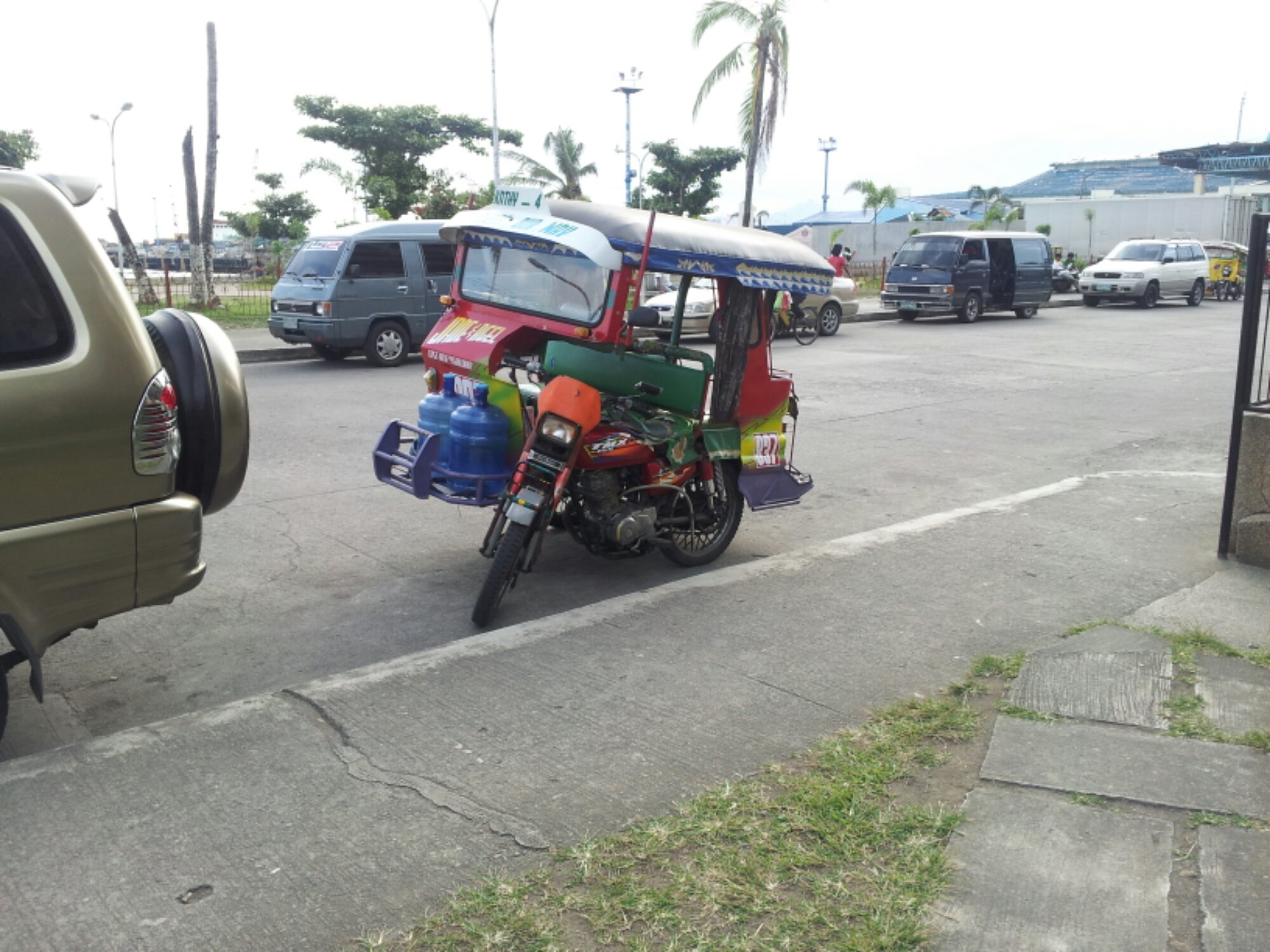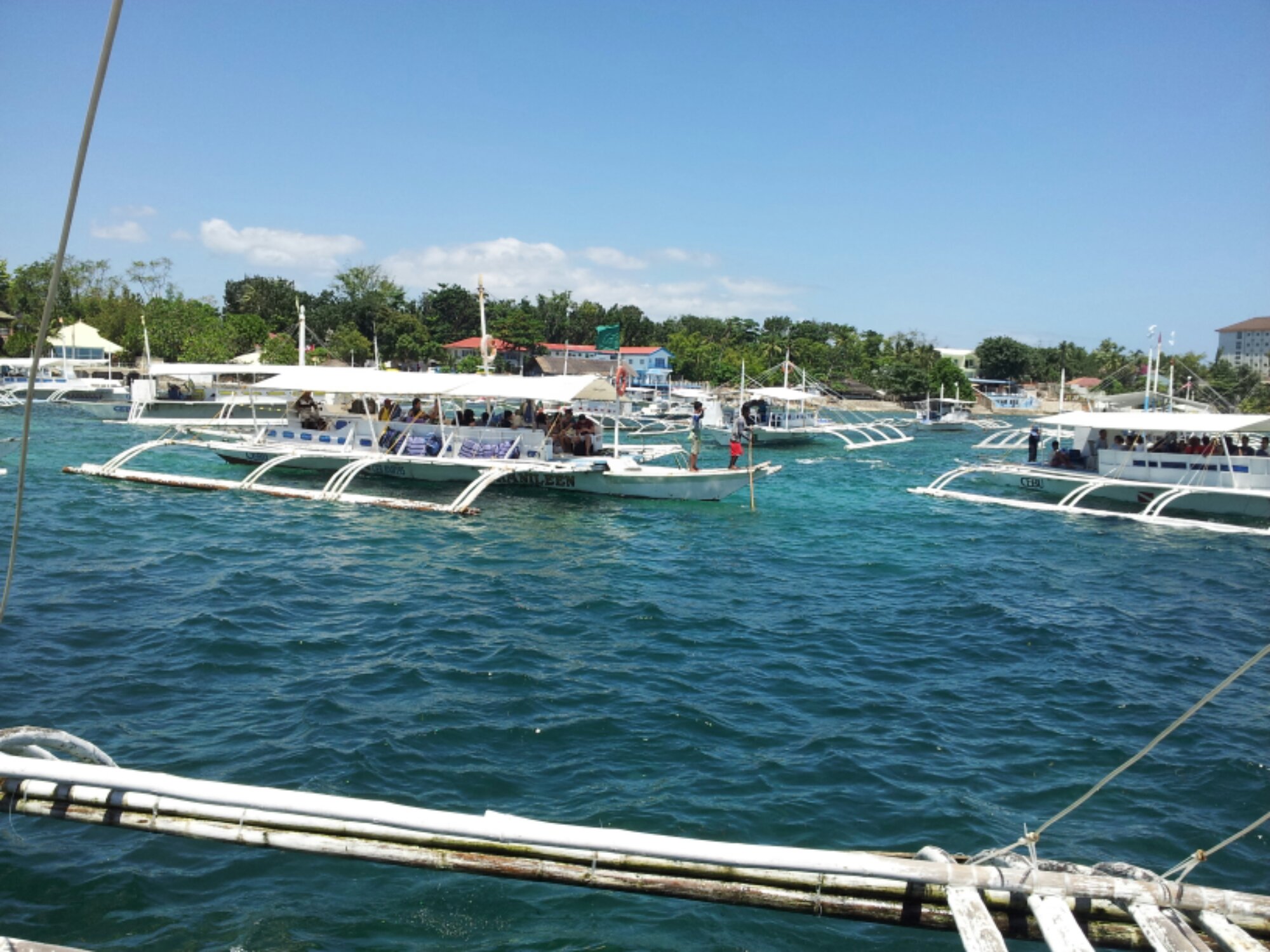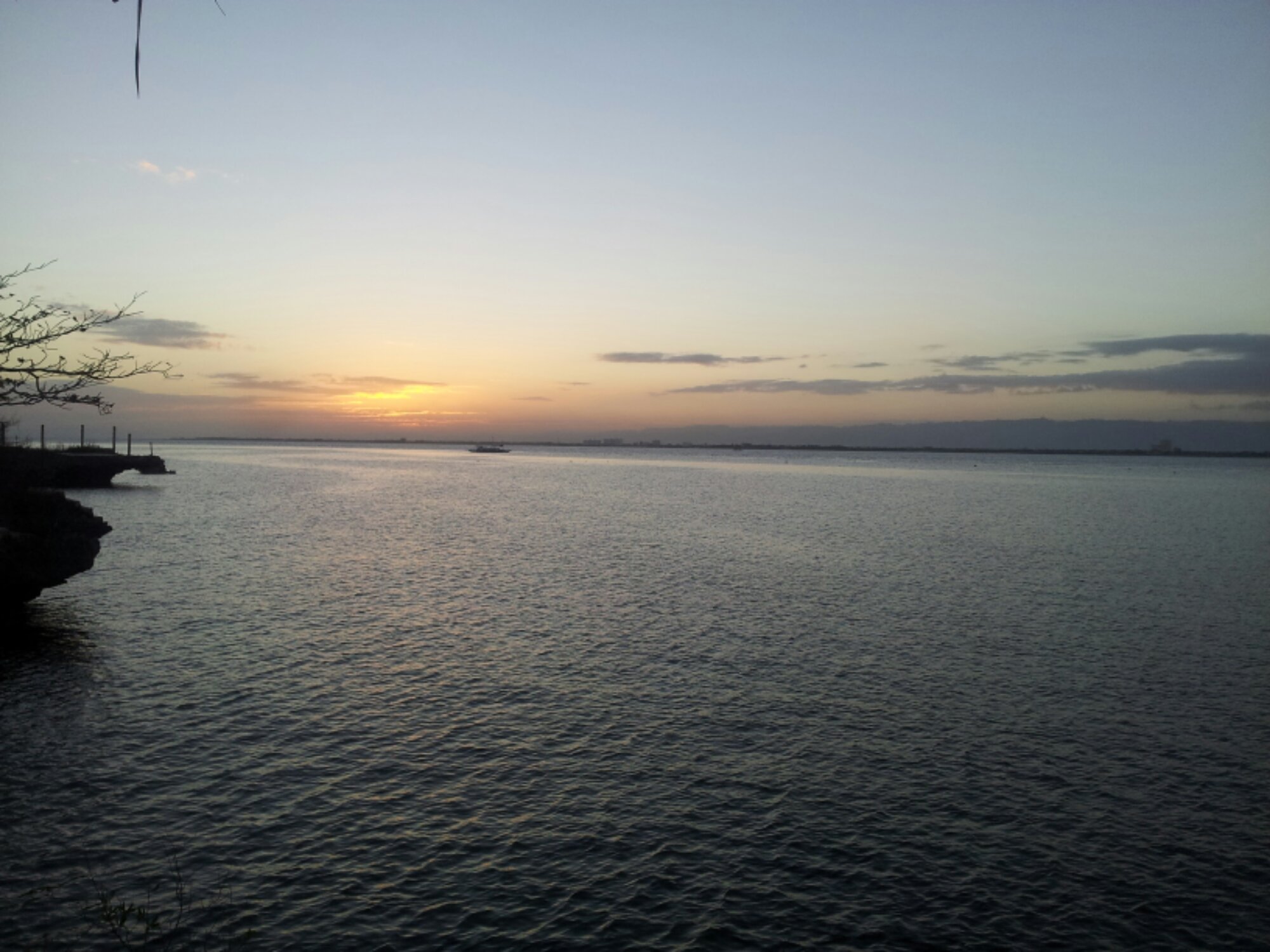Last week I went to Tacloban and it was quite an experience. A van was recommended for the trip because they are safe and comfortable. I went to the bus station and selected a van company whos drivers wore shirts that said “Our passenger’s safety is our top priority.” Someone apparently forgot to include the word ‘not’, because it was a hair raising trip.
The damage from the typhoon is unbelievable. Where the eye of the storm passed through – a path across the island about 2 miles wide – everything is sheared off about 10 feet above the ground – trees, power poles, steel roofs, and even reinforced concrete buildings. In the areas of Tacloban hit by the storm surge the ground was pretty much scraped clean – there are just piles of debris left by the receding water.
But what is really amazing is how vibrant everything is so soon after the devastation. The people here are very resilient and have taken the initiative to rebuild on their own. There is an appalling amount of poverty and much of the population lives in wretched slums. But when you walk through the slums every home has some sort of business – weaving mats, sewing, repair shops, machining. It’s a little frightening to see how dynamic things are here in contrast to what one sees in the US. We’re much better off, but for how much longer?
The transportation system here is interesting. There is no public transportation – everything is privately owned and operated. The cheapest transportation is by trishaw (pedicab) and motorized rickshaw (motorcycle with sidecar). For just a few cents these will take you short distances. There are thousands of these on the streets, so one is almost always available. Hence you don’t see many pedestrians.
Jeepneys are similar to city buses. They are lengthened WW II Jeeps or modified vans that travel a specific route. They also cost just a few cents.
There are also thousands of taxis. For $2 you can take a taxi almost anywhere within a small city. Because labor is so cheap, when you rent a car here it includes a driver. This is a good thing because the traffic is terrible and driving is completely different than in the US.
Because there are so many islands there are also many ferries and boat taxis.
A ferry to a nearby island costs a few cents. Oddly, there is a port tax of about 2 cents that you pay separately from the ticket – I doubt if it even covers the salary for the person collecting ths tax.
I’ve never thought of the Philippines as tropical Pacific islands, but they are.
There are beautiful white sand beaches, palm trees, turquoise water, and coral reefs full of tropical fish. However, the pollution is abysmal. I wouldn’t swim in the water within 5 miles of a populated area, and the population density is such that one is always within 5 miles of a village.




